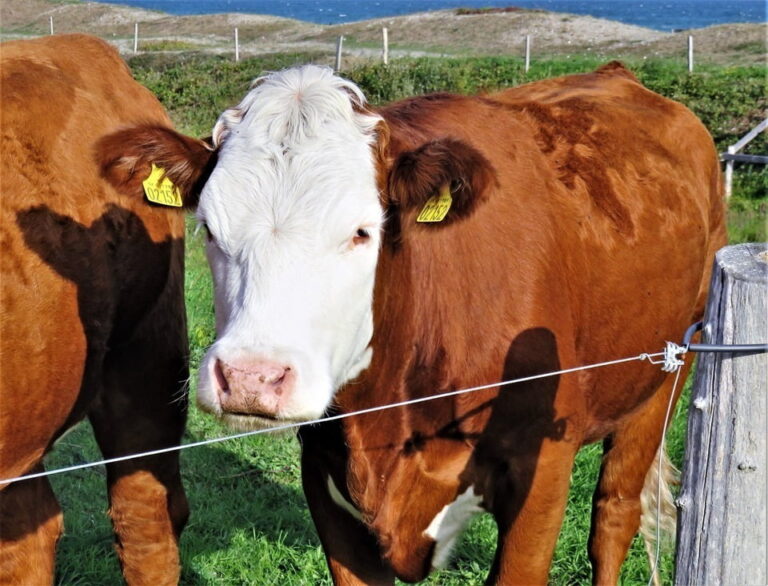Electric fences are a very advantageous tool in the livestockThey keep animals within a certain area and protect them from intruders. A proper fencing system can increase pasture production by rotating the livestock, dividing the land into eating areas and growing areas.
Electric fencing is easy to install and uses lightweight materials. Less wood and wire is used than for conventional barbed wire fencing, which is economically and environmentally beneficial.
Operation
The aforementioned livestock instrument is constructed with a certain number of posts, wire, insulators and a power source. This has two poles, one will be connected to ground and the other to the fence itself. The electric current is pulsed around the fence, passing through the wire.
In that sense, if an animal touches the wire the open circuit is closed. Current passes through it and discharges to the ground, resulting in a mild shock to the animal in question.
Advantages
They are more economical: the cost of installation and maintenance of an electric fence is considerably lower than that of a conventional fence. Cattlemen and experts in the field point out that the margin of savings can vary between 10% and 80%. In addition, the electric charger can be connected to a solar panel to avoid utility bill charges.
Additionally, this type of fencing is very durable. With good care they can last up to 25 years.
Portability
Its flexibility gives it portability options, making it easy to change its location as often as required. This is very useful when modifying the size and shape of paddocks.
Security
They help protect animals from predators. Also, electric fences do not cause any harm to the livestock, no cuts or irritation. It is worth noting that once an animal has received one or two electric shocks, it and the rest of the livestock learn to avoid the fence. Electric fences create a psychological barrier rather than a physical one.



